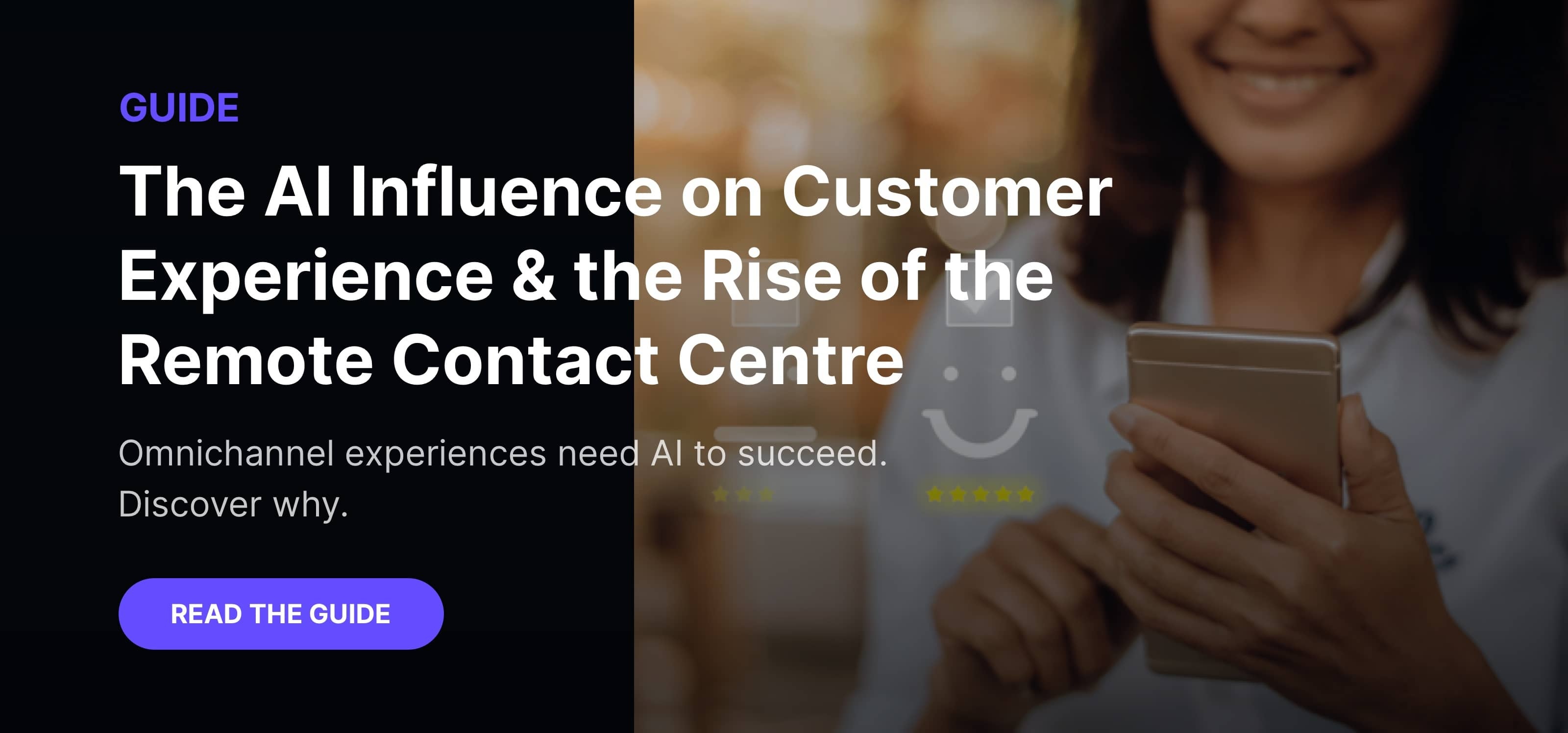With the festive season seemingly starting earlier every year, mobile applications are helping retailers to gain competitive advantage, often integrating offers, loyalty cards and other useful features into one easy-to-use platform. $196 million has been spent globally on purchasing app’s, in-app purchases and subscriptions just on Christmas Day 2017 across App Store and Google Play alone. With so much money being spent, and a 12.3% rise over the last year, it’s not surprising that applications might be a festive game changer.
We continue our Christmas retail series looking at the importance of apps and how their usage positively impacts the festive season for retailers.
The rise of m-commerce
Spending via mobile has increased dramatically. The RPC reported that sales in the largest e-commerce retailers (top 20) had grown by 23% to £8.4 billion last year. Impressively, over half of this contribution came from ASOS, Shop Direct and Ocado. The RPC believe that this surge in online shopping has come from the use of mobiles. Many other factors have been attributed to an up-turn in sales; AI-driven chatbots, augmented reality (AR), AI-enabled smart speakers including Google Home and Amazon Echo, and finally the trend in “Snap and Shop” thanks to apps such as Pinterest.
But that doesn’t mean that pure online players are the only ones that can profit from m-commerce. Some traditional brands are finding their balance between the traditional high-street store and their online equivalent. John Lewis & Partners are an example of this; they were the first brand to use Wi-Fi in-store to enable customers to try something on but allow them to buy should they not have the product in-store as well as compare prices.
Zara are another example where they’re integrating the in-store and online experiences with their mobile app for returns, scanning barcodes in-store as well as searching and purchasing products. They’ve also pioneered an augmented reality app which allows their customers to choose an outfit using sensors within the store or shop windows to see models come to life. They can then click through and buy these from the app.
It is predicted that revenue from retail sales on mobile devices will go up to £105.28 billion, from £50.36 in 2019.
What do customers want from an app?
If we turn purely to the holiday season, apps are a dominant trend in the festive season. And that’s not so surprising when we consider that this is one of the biggest boost to the retail economy of the year. If you can make your consumers have a better experience, why wouldn’t you?
1. External app presence
This has its own name – “Social Commerce”. It’s a coming together of social media and purchasing. It enables social media brands to both advertise on social media through influencers indirectly and then directly through their own pages. 30% of consumers say they’d make a purchase through one of the major social media platforms. Most social media pages will have a buy button or a swipe up to shop, both leading back to a brand’s website, making the process no different to purchasing online or via an app. Facebook remains the most influential social media for buying habits.
2. Enhanced in-store experience
An omnichannel approach is becoming increasingly more important to the success of high-street stores and as mentioned before, apps are helping the high-street brands to do so. Functionality including an in-app loyalty scheme, augmented reality, customer service functions including chatbots, click and collect and returns are all important to integrating an in-store and an online experience.
Starbucks has 15.1 million active users in the US alone and 13% of the total order they have are made through the mobile order and pay function on their app. They are marrying both the in-store and online presence using an app that works for their customers.
3. Seamless online experience
Creating a seamless online shopping experience, with a user experience that rivals your competitors will be key to success. With the growth of Apple Pay, and Samsung Payments, this is key to ensuring your customers convert from just traffic into a customer. Mobile payments should be intuitive so that impulse buyers do just that, impulse buy.
Augmented reality is playing its part. Last year, Amazon launched a Black Friday AR app through their iPhone. This app allowed them to pick a product such as furniture or electronics and overlay it into a living space to see how it fits in the room.
To have an app is not enough
Yes, you can just have an app that looks good, but if it doesn’t deliver, it’s really a waste of investment. As Shopify accurately put it, “having a responsive online storefront is the equivalent of a cover charge; you have to pay to get into the party, but getting in doesn’t mean you’ll be the star.”
So, give your app a unique selling point at Christmas. After all, we have mobile phones to communicate. If your customers need to get in touch, think about how much value an AI-supported contact centre could add. A bot linked into your chat feature should create a more dynamic level of service for your customers, giving your staff more time to spend with the customers who have more complex interactions.
There are, of course, many ways of giving your business competitive advantage but don’t get left behind on the technology. A bot is one way of optimising customer experience whilst providing your staff with a helping hand during busy periods.


